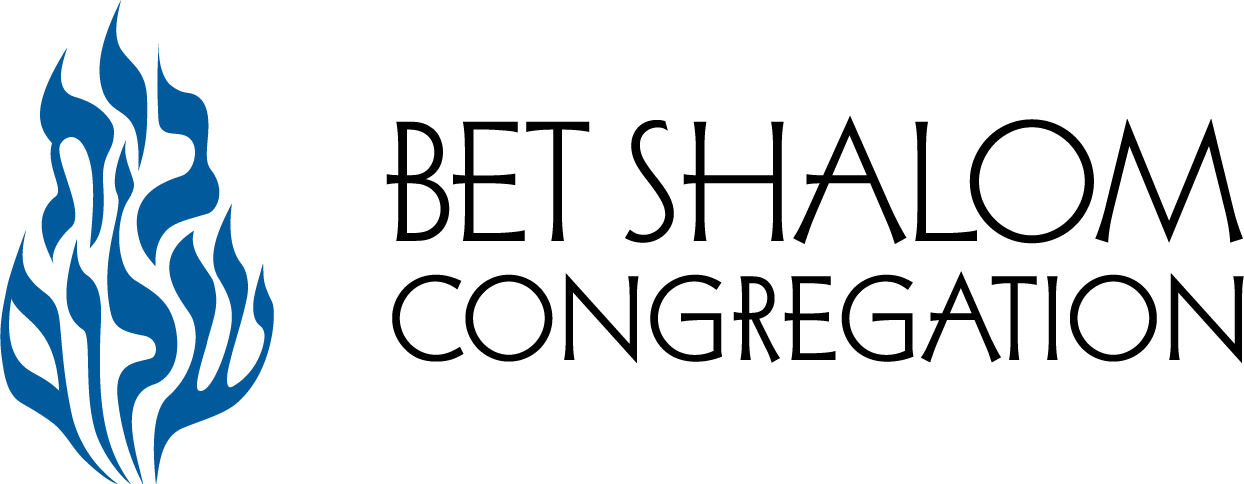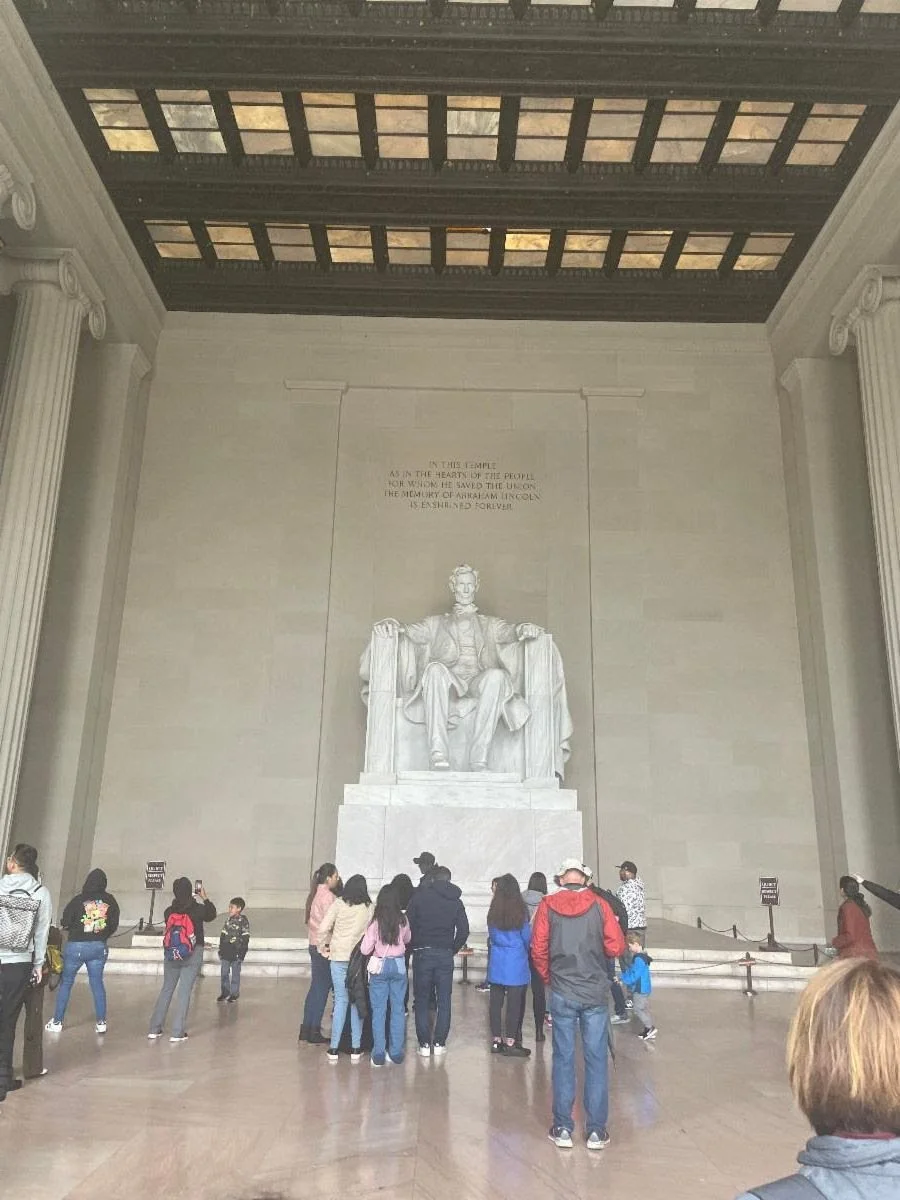Reflections from Rabbi Crimmings' Trip to Washington DC
This morning I’m feeling so grateful to the JCRC for the incredible work that went into organizing such a powerful experience for so many Minnesotans yesterday in Washington DC. We met at the airport at 4:15 am and returned home at 11:30 pm. This one-day intensive experience was made possible, not only by the JCRC, but also by many supporting organizations including JFNA, and the Minnesota Vikings Foundation. Nice to meet you, Greg Joseph. (I know, I know, but don’t worry I told him that I’m a Packers fan)
I participated on the trip as part of a cultural collaboration we have been running this year between our Bet Shalom students and students from Takoda Prep, an alternative High School in Minneapolis for Native American teens. It’s been a long time since I’ve been to the Holocaust Museum, and my first time experiencing it alongside Native Americans.
We spent most of the morning touring the museum on our own. I was particularly struck by the exhibit on what Americans knew, did, and didn’t do during the Holocaust. Most people know about the 939 Jewish passengers on the MS St Louis who were denied entry in 1939 and sent back to Europe in the thick of the war, many of whom ended up being murdered. But this is just one example of the silence and complicity in the face of horror. It is hard to comprehend how so many people turned a blind eye to the injustice and horror that was right in front of their eyes. And yet, it isn’t hard to comprehend at all.
A theme of the museum this year is centered around a quote by Elie Wiesel:
“This museum is not an answer, it is a question.”
“What’s your question?”, the museum asks, as we soak it all in.
Our group continued our afternoon on the Capitol mall, walking the major monuments and memorials, reflecting on our morning, and diving in to the complexity of this place for the Native American community. For our friends from Takoda Prep, the Lincoln Memorial doesn’t tell the story of a beloved President who worked to end slavery in America, it tells the story of a man who approved the hanging of 38 +2 Dakota people right in our backyard in Mankato in what remains the largest mass execution on US soil. The Washington Monument doesn’t tell the story of a founding father who committed himself to the ideals of a “new” independent nation grounded in ideals of freedom, liberty, and justice. It tells the story of a man who sought to solve what he and others saw as America’s “Indian problem” by attempting to “civilize” Native people by taking away their culture and identity.
The truth is that the Lincoln Memorial and the Washington Monument tell all these stories. Our history is inspiring, and it is also appalling. It is both, and we need to do a better job of telling all of it, even, and especially when it makes us uncomfortable. We need to find space to share the trauma we carry with others and one way to do that is through experiences like this one, when we can sit together with others to listen and learn.
When our cohort sat down for lunch to share our reflections of the Holocaust Museum, we did so with an openness to each other’s lived experiences, no matter what they were. For some of us, those stories are our stories. For others, those stories are triggers for their own lived trauma and the trauma passed down from their ancestors. One of the Takoda Prep teachers shared that the experience in the museum brought back personal memories of horrors he experienced in a residential school in Canada. As we sat with our Panera sandwiches, we heard his story and he heard ours.
So, what question am I asking after a long day of learning, reflection, and dialogue?
My question is: How will future generations judge us?
It is easy to criticize those who came before us; to point out others’ failures and to assert that we would never have behaved with such atrocious indifference. Well, guess what… I have no doubt in my mind that future generations will look back on this time and say that we didn’t do enough. We have failed to act in the face of persecution and injustice that is right before our eyes, right now. We see it and we aren’t doing enough.
So my second question is: How can we be better?
We can be better by coming together for experiences like this one to listen and to learn. We can be better by making ourselves vulnerable to hear and accept the ugly parts of our history. We can be better by engaging in civic life in whatever way moves us. By speaking up and stepping up when we see injustice occurring right before our eyes.
We took a group photo in front of the White House, the most exciting landmark for the students. Why? No doubt the White House has some ugly history, but it represents what they see as hope for a brighter future. Perhaps one day the highest office in our nation will be occupied by one of the students in our cohort, by a Jew or a Native American. Until then, there is so much we can do to make our voices heard in big ways and in small. In government, classrooms, homes, and places of worship.
This morning my 8 year old son asked me to print the photos I took of the Lincoln Memorial - he is learning about Abraham Lincoln in school and wants to bring them into school. I feel so grateful that I was able to share more with him about what I learned about Lincoln, to add to the complicated story he is learning about in school.
I look forward to building on the incredible progress that has been made by those before us to build toward a better world for all people.
-Rabbi Jill Crimmings





